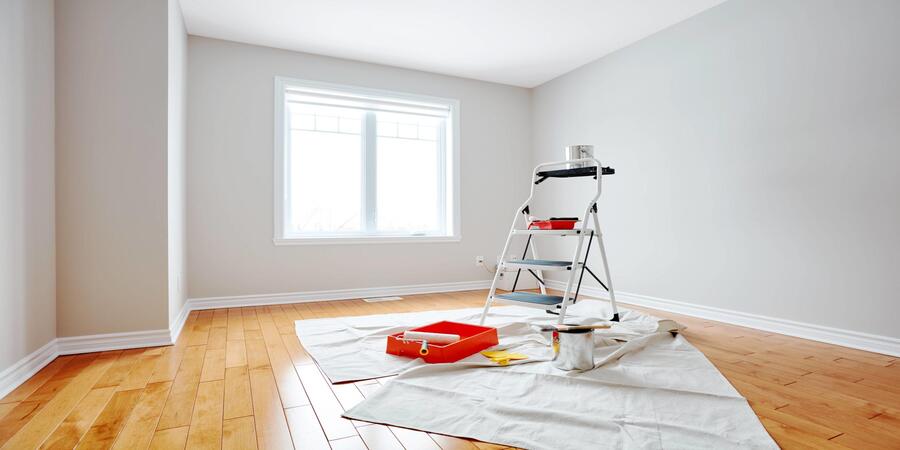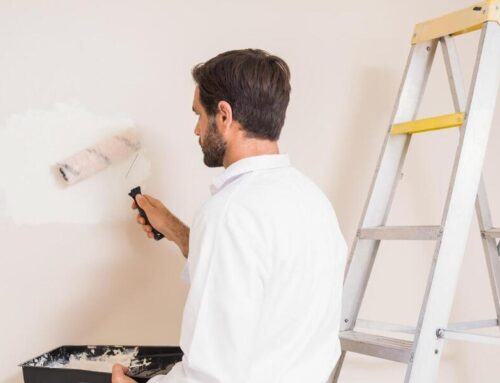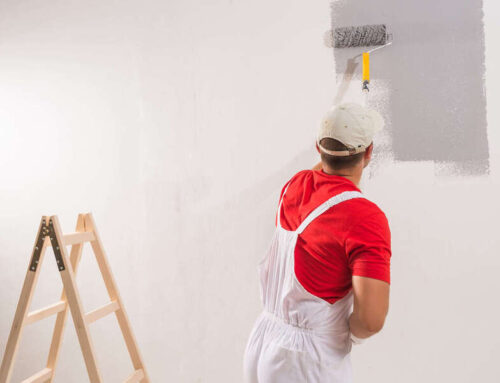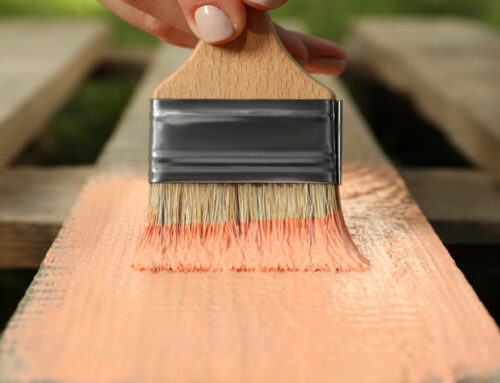When it comes to transforming the appearance of your home, few things have the same impact as a fresh coat of paint. Whether you’re looking to update the colors of your walls, revive worn-out exteriors, or add a personal touch to your living space, residential painting services can make a significant difference.
This comprehensive guide will explore the key aspects of residential painting services and provide valuable insights and tips to help you achieve stunning results in your home. We’ve got you covered from color selection to surface preparation and application techniques.
The Importance of Professional Residential Painting Services
While some homeowners may attempt to tackle painting projects themselves, several compelling reasons exist to consider hiring professional painters for your residential painting needs. Here’s why:
Expertise and Experience
Professional painters bring years of experience and expertise to the table. They deeply understand color theory, paint types, surface preparation techniques, and application methods. Their knowledge allows them to achieve flawless results that may be difficult to replicate without professional guidance.
Time and Efficiency
Painting an entire house can be time-consuming, especially if you have limited experience or a busy schedule. Professional painters have the skills and resources to complete the job efficiently, saving you valuable time and ensuring the project is completed within the desired timeline.
Quality and Longevity
Using high-quality materials and techniques is crucial for achieving long-lasting results. Professional painters have access to premium paints, tools, and equipment that are specifically designed for residential projects. Their expertise ensures that the paint job will look great initially and stand the test of time.
Selecting Colors and Creating a Vision
Choosing the right colors for your home is a fundamental step in the residential painting process. Here are some tips to help you select colors and create a vision for your project:
Consider Your Home’s Architecture and Style
Take into account the architectural style and existing elements of your home. Specific colors may complement traditional or modern designs better, so it’s crucial to choose hues that harmonize with your overall aesthetic.
Reflect on Your Personal Style and Preferences
Your home reflects your personality, so consider your style and preferences when selecting colors. Whether you prefer bold and vibrant shades or subtle and soothing tones, choose colors that resonate with you and create the desired atmosphere.
Utilize Color Psychology
Colors have the power to evoke emotions and create specific moods. Research color psychology to understand the psychological impact different colors can have on your living space. For example, blues and greens can promote tranquility and relaxation, while yellows and oranges can create a sense of energy and warmth.
Test Paint Samples
Before committing to a color, testing paint samples on your walls is always a good idea. This allows you to see how the color looks in different lighting conditions and how it complements your existing furniture and decor. Many paint manufacturers offer sample pots that you can use for this purpose.
Surface Preparation: The Key to a Professional Finish
Proper surface preparation is critical for achieving a professional and durable paint job. Here are the essential steps involved in surface preparation:
Cleaning and Repairing
Before painting, it’s important to clean the surfaces thoroughly to remove dirt, dust, and grease. Repair any cracks, holes, or imperfections using spackling paste or putty, and sand the surfaces to create a smooth and even base.
Priming
Priming the surfaces is an essential step that improves paint adhesion and enhances the longevity of the finish. Use a high-quality primer suitable for the surface you’re painting, whether it’s drywall, wood, or metal.
Masking and Protection
To ensure clean and precise lines, use painter’s tape to mask off areas that shouldn’t be painted, such as trim, baseboards, and windows. Protect your furniture, floors, and fixtures by covering them with drop cloths or plastic sheets.
Sanding and Smoothing
Sanding is necessary for previously painted surfaces with flaking or peeling paint to create a smooth and uniform base. Sanding also helps feather out rough edges or paint ridges, ensuring a seamless finish.
Painting Techniques and Application Methods
Once the surfaces are properly prepared, it’s time to apply the paint. Professional painters utilize various techniques and application methods to achieve outstanding results:
Brush and Roller
Brushes and rollers are the most commonly used tools for residential painting projects. Brushes are ideal for cutting in and painting trim, while rollers are efficient for covering larger surfaces. Professional painters know how to achieve smoothness and even finish using these tools.
Spraying
Spray painting is another technique professional painters employ, especially for larger areas such as exteriors or ceilings. Sprayers can apply paint quickly and evenly, resulting in a flawless finish. However, proper masking and protection are crucial to avoid overspray.
Faux Finishes
Faux finishes can add a touch of elegance and sophistication to your home. Techniques such as sponging, ragging, or stippling can create unique textures and visual effects. Professional painters skilled in faux finishes can help you achieve your space’s desired look and feel.
Maintaining and Caring for Your Painted Surfaces
To ensure the longevity of your newly painted surfaces, it’s important to implement proper maintenance and care. Here are some tips:
Regular Cleaning
Dust and clean your painted surfaces regularly to remove dirt and maintain their appearance. Use a mild detergent and a soft cloth or sponge to avoid damaging the paint.
Addressing Stains and Spills
Accidental spills and stains are bound to happen. Address them promptly by blotting the affected area with a clean cloth or sponge. Avoid scrubbing, as it may damage the paint. Consult with professional painters for the best course of action for stubborn stains.
Touch-ups and Maintenance
Over time, painted surfaces may require touch-ups due to normal wear and tear. Keep extra paint in a tightly sealed container to ensure color consistency. Professional painters can assist with touch-up work to seamlessly blend the new paint with the existing finish.
Residential painting services offer a transformative way to revitalize your living space and create a home that reflects your style and personality. You can achieve stunning and long-lasting results by considering professional expertise, selecting the right colors, preparing surfaces diligently, and utilizing proper application techniques.
Remember to maintain and care for your painted surfaces to preserve their beauty for years. With the help of professional painters, you can turn your vision into reality and enjoy a refreshed and aesthetically pleasing home.
Key Takeaways:
- Hiring professional residential painters brings expertise, experience, and efficiency, and ensures high-quality, long-lasting results.
- When selecting colors, consider your home’s architecture, and personal style, and utilize color psychology to create the desired atmosphere.
- Proper surface preparation, including cleaning, repairing, priming, and masking, is essential for a professional finish.
- Professional painters employ techniques such as brush and roller, spraying, and faux finishes to achieve flawless results.
- Regular cleaning, addressing stains promptly, and performing touch-ups and maintenance is crucial for preserving the beauty of painted surfaces.







Leave A Comment